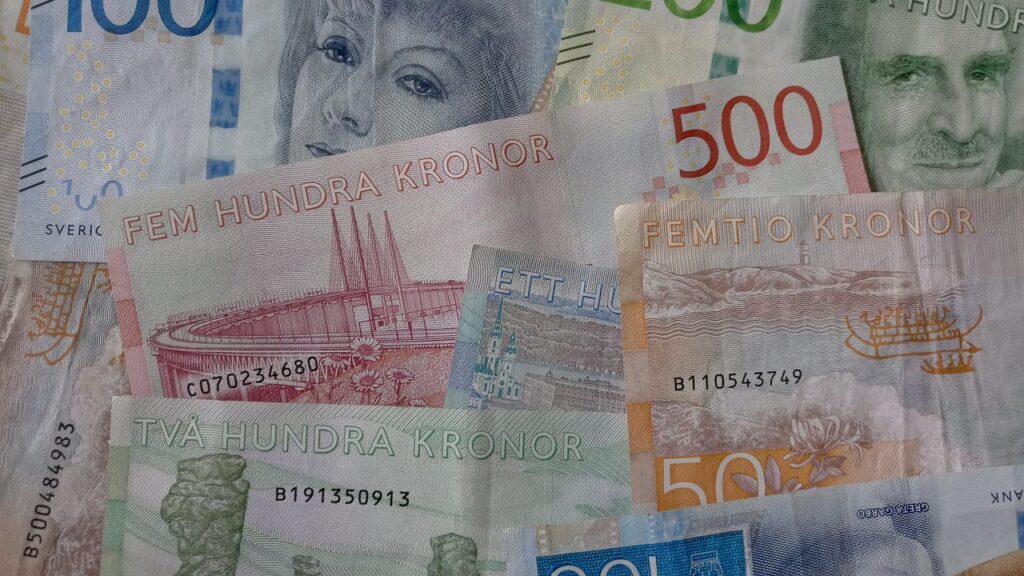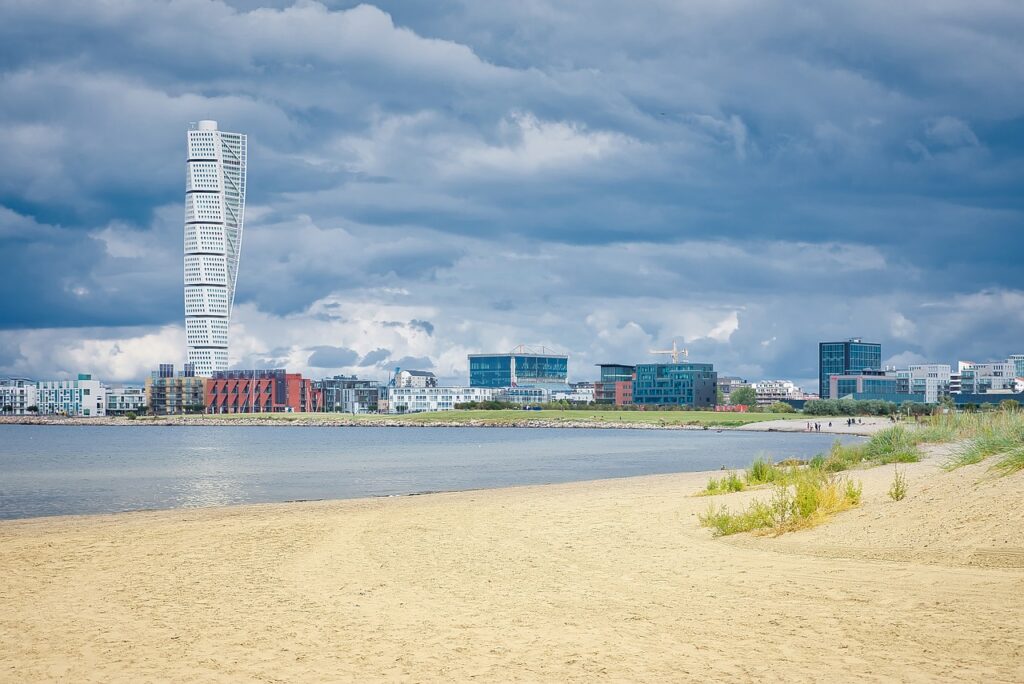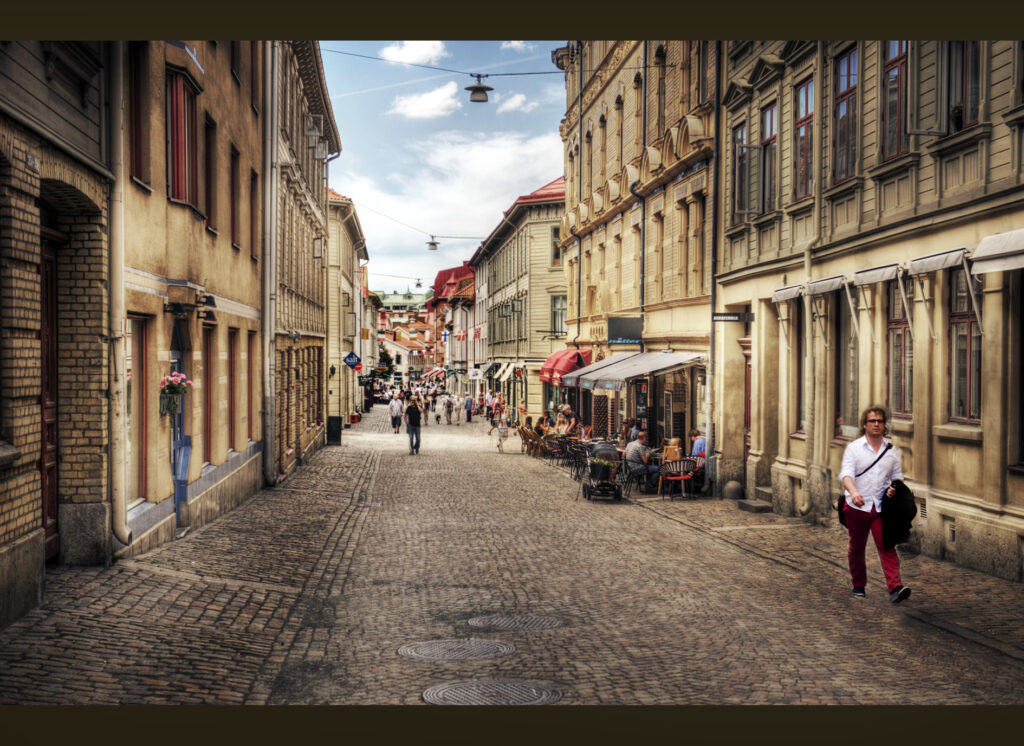Is Sweden Expensive to Visit?
Are you dreaming of exploring Sweden’s beautiful scenery, indulging in its rich cultural attractions, and experiencing its exciting nightlife? But, like many travelers, you may be wondering: Is Sweden expensive to visit? Yes, Sweden can be an expensive country to visit due to its high standard of living. But there are ways to make your trip more affordable without sacrificing your experience. In this travel article, we’ll explore the costs of various aspects of a trip to Sweden, such as flights, accommodation, dining, transportation, and nightlife. By providing insights into the cost of each of these aspects, we’ll help you determine whether Sweden is within your budget and provide tips for making the most of your trip. So, if you’re wondering whether Sweden is an affordable destination for your next adventure, read on to learn more about the costs of exploring this fascinating country. What is the cost of flights to Sweden? Flights to Sweden can be expensive, especially if you’re traveling from the United States or Southern Europe. On average, round-trip flights from the US to Sweden can cost anywhere from $500 to $1000 or more, depending on the time of year and availability. However, if you’re traveling from Eastern Europe or other parts of Scandinavia, flights can be relatively cheap. For instance, a round-trip flight from Copenhagen to Stockholm can cost as little as $50. To save money on flights to Sweden, consider booking in advance, being flexible with your travel dates, and taking advantage of deals and promotions offered by airlines by using the link below: What is the cost of accommodation in Sweden? Accommodation in Sweden can be expensive, but there are options to suit all budgets. Hotels are typically the most expensive option, with prices starting at around $100 per night for basic accommodation. Hostels and Airbnb can be more affordable, with prices starting at around $20 to $30 per night. If you’re looking to save even more money, camping is a popular option in Sweden, with many campsites offering amenities like showers and cooking facilities. You can also find free cabins throughout the country, which are available to hikers and outdoor enthusiasts. Search for a variety of cheap high-quality hostels below: What is the cost of transportation in Sweden? Sweden is known for its high cost of living, and transportation is no exception. Train tickets in Sweden can be costly, especially if you’re traveling long distances. For instance, a train ride from Stockholm to Gothenburg can cost around $100, depending on the class of travel and time of year. However, bus tickets can be a more affordable option, with prices starting at around $15 for short journeys. The subway is also a convenient and cheap way to get around major cities like Stockholm and Gothenburg. If you’re planning to explore rural areas, renting a car in Sweden can be a cheap option, with prices starting at around $20 per day. Regardless of your mode of transportation, it’s worth researching in advance to find the best deals and discounts. What is the cost of dining in Sweden? Sweden offers a wide range of dining options, but the cost of food can vary greatly. For example, restaurants can be costly, especially if you’re looking to try traditional Swedish dishes. On average, a mid-range meal at a restaurant can cost approximately $25 to $30 per person. On the other hand, fast food options like McDonald’s and Subway are much cheaper, with prices starting at around $6. However, for those willing to splurge, Sweden also has several Michelin-starred restaurants, although prices can range from $50 to $200 per person. In summary, while Sweden can be an expensive destination for dining, there are options for all budgets. What is the cost of museums and cultural attractions in Sweden? Sweden is home to numerous museums and cultural attractions, some of which can be quite costly to visit. For example, admission to palaces and castles, such as the Royal Palace of Stockholm or Gripsholm Castle, can cost upwards of $20 per person. However, several free museums in Stockholm, such as the National Museum and the Museum of Modern Art, offer visitors the chance to explore Swedish art and history without spending a dime. Additionally, many attractions offer discounted admission for students, seniors, and families below, making it more accessible for those on a tight budget. What is the cost of nightlife in Sweden? Nightlife in Sweden can be costly, but there are affordable options available. For example, bars and clubs in larger cities like Stockholm and Gothenburg can be expensive, with beer averaging around $8 per bottle. Cover charges for clubs can also be high, especially on weekends when the party scene is in full swing. Additionally, concerts are a popular nightlife activity, but tickets can be pricey, ranging from $50 to $100 or more. Nonetheless, happy hour specials at bars and smaller music venues that offer free or low-cost shows can provide budget-friendly alternatives. In summary, the cost of nightlife in Sweden can vary significantly, so it’s essential to budget accordingly. Is Sweden expensive for solo travelers? Solo travelers may find Sweden expensive. Single rooms can be costly, and dining alone can add up. However, there are ways to save money, like staying in hostels or using public transportation. Some attractions offer discounts for solo travelers, and exploring free outdoor spaces can be a budget-friendly option. Is Sweden expensive for students? Sweden can be an expensive country for students, especially when it comes to partying and dining out. However, camping is a cheap and fun way to explore Sweden’s beautiful landscapes. Students can also find affordable accommodation options like hostels and budget hotels. Finally, while museums in Sweden can be costly, many offer discounts for students or free admission on certain days. Is Sweden expensive for American tourists? Sweden can be expensive for American tourists due to the high exchange rate between the US dollar and the Swedish krona. Accommodation and dining out can be particularly costly, with prices
Is Sweden Expensive to Visit? Read More »









